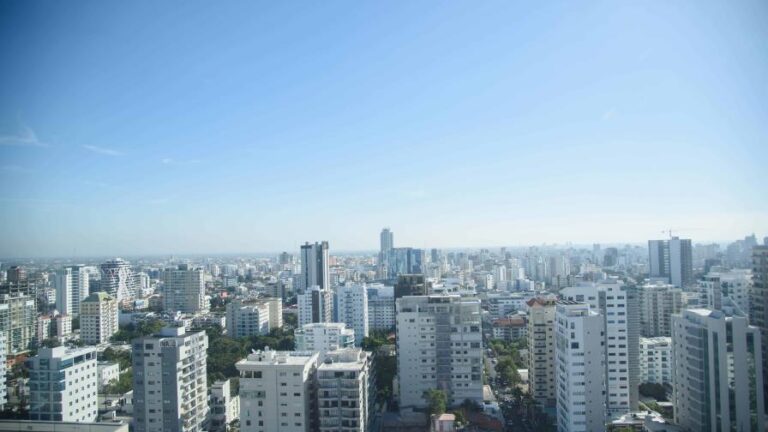With an estimated investment of US$68 million, the initiative will turn Puerto Duarte in Arroyo Barril-Samaná into a cruise terminal and tourist facility. The awarded company will be responsible for the design, construction, and operation of this port as a cruise terminal.
The General Directorate of Public-Private Partnerships (DGAPP) and the Dominican Port Authority (APORDOM) announced that ITM Port Investments Consortium has been awarded the public-private partnership (PPP) contract to formally initiate the works to convert Puerto Duarte in Arroyo Barril-Samaná into a cruise terminal and tourist facility area.
Both institutions announced that, after completing an open and transparent request for bids, the National Council of Public-Private Partnerships (CNAPP) awarded the first infrastructure project to be developed through a public-private partnership contract under the Law 47-20 scheme, which consists of the design, construction, and operation of the area as a tourist destination.
The executive director of the DGAPP, Sigmund Freund, expressed his satisfaction with what he said is “a great milestone for the country, since this is the first infrastructure project that will be developed through a public-private partnership contract under the tutelage of Law 47-20, which is barely three years in force in Dominican legislation.”
Freund emphasized that this project is part of the decision of President Luis Abinader’s Government to position the country as a Caribbean Cruise Hub and added that this new terminal will promote greater energy in tourism and commerce in the province, creating about 1,050 direct and indirect jobs.
He added that this is the second tourism project to be executed in the country under the responsibility of the DGAPP, with an estimated investment of US $ 68 million, equivalent to RD $ 3,800 million. He also pointed out that the arrival of approximately 400,000 cruise passengers per year is expected from 2026.
The executive director of APORDOM, Jean Luis Rodríguez, indicated that, at present, Puerto Duarte, which was inaugurated in 1977, has 19 permanent employees and its operations are based on the reception of loose general cargo, so the cruise terminal will be an opportunity to create new jobs and ventures in Samaná and potentiate the tourist offer, which will lead to social and economic development for the entire Northeast region and Central Cibao.
Rodriguez explained that an estimated 161 ships per year will arrive through this cruise terminal, with approximately 3,300 passengers from Miami, Port Canaveral, Port Everglades, Puerto Rico, Cuba, Curacao, Barbados, Montego Bay, Saint Lucia, Tampa Bay, and New York. “This terminal is designed to accommodate up to one million annual visitors, which will undoubtedly lead us towards the consolidation of our country as a Caribbean Cruise Hub,” said the official.
He pointed out that this is the first time in the history of the Dominican Republic that the consignment of a port is carried out through a public-private partnership, since they are generally established through concessions, as provided by Law 70-70 that created the Dominican Port Authority.
This initiative is to rehabilitate and construct an infrastructure that allows Oasis type vessels to dock, the largest in the cruise industry, in addition to developing a terminal capable of receiving four cruise ships simultaneously.
The cruise terminal to be developed in Arroyo Barril is an addition to the existing Amber Cove and Taino Bay in Puerto Plata, Romana Cruise Terminal in La Romana and Port Cabo Rojo in Pedernales, a project that is currently under construction, making it five tourist terminals in our country capable of receiving Oasis-type vessels.
Once the terminal is up and running, it is estimated that the State will receive a net income of US$ 1.75 per cruise passenger and US$ 0.53 for the monthly lease per square meter used in the project, which will generate US$ 115.6 million in revenue for the Dominican State in the 33 years of the project. The port project has an estimated construction period of three years.
Source:
Roberto Cavada Noticias



